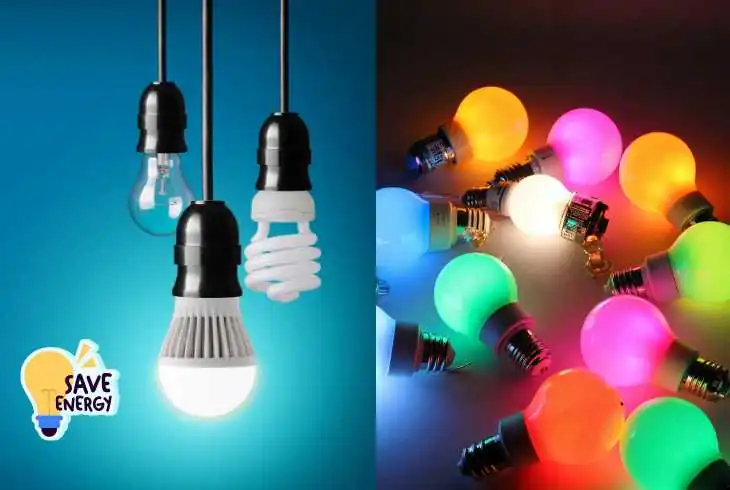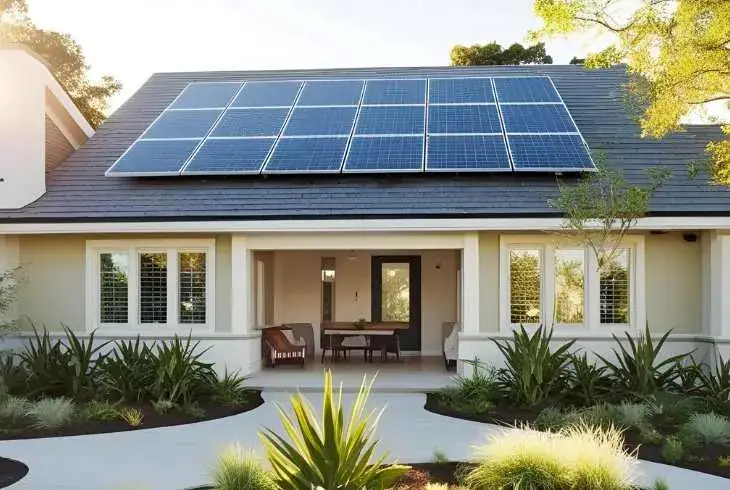Does LED Lights Save Electricity? Eco Efficiency Guide
Last Updated: Mar 29, 2025

Energy bills stressing you out? LED lighting could be your best solution. Did you know LED lights save electricity by using up to 75% less energy compared to incandescent bulbs? In a time of rising electricity costs, improving eco efficiency isn't just smart. It's essential. This guide will uncover the truth and show you exactly how LEDs can transform your energy saver home.
Understanding LED Lighting: Energy Efficiency Basics
LED (Light Emitting Diode) technology generates light using electroluminescence, far more efficient than traditional bulbs. LEDs directly convert electrical energy into light, drastically reducing wasted heat.
Key characteristics of LED technology include:
- Long lifespan: Up to 50,000 hours
- Minimal heat generation
- Instant full brightness
- Durable and shock-resistant
- Works in various temperature conditions
Comparing LED vs. Traditional Lighting
Let's explore the real numbers behind LED electricity savings:
- Incandescent bulbs: 60 watts, $7.20 annual cost
- LED equivalent: 10 watts, $1.20 annual cost
- Annual savings per bulb: $6
- 20 bulbs in a home: Save $120 annually
Long term savings: LED bulbs significantly lower costs over 10 years by 75-90% compared to incandescent bulbs.

Debunking Common LED Myths
Myth 1: LED Lights Are Expensive Upfront
Initial costs are higher, but LEDs last 25 times longer and dramatically reduce electricity bills, making them highly cost effective.
Myth 2: LEDs Don't Provide Quality Light
Modern LEDs offer various color temperatures and superior lighting quality, matching or surpassing traditional bulbs.
Myth 3: LEDs Aren't Reliable
LEDs have no fragile filaments, generate minimal heat, and come with 5-10 year warranties, highlighting their reliability.

Maximizing LED Efficiency in Your Energy Saver Home
Selecting the Right LED Bulbs:
- Check lumens, not watts
- Match color temperature to room function
- Look for Energy Star certification
- Check dimmer compatibility
Smart Home Integration:
- Use smart bulbs with scheduling
- Integrate motion sensors
- Color changing LEDs for mood management
- Link bulbs to home automation systems

Environmental Impact: LEDs and Eco Efficiency
LEDs significantly contribute to global sustainability:
- Lower carbon emissions
- Reduced global energy demand
- Less electronic waste due to long lifespan
- Potential global savings: 348 TWh by 2027 (44 million tons of CO₂ reduction)

Final Verdict: Does LED Lighting Really Save Electricity?
Yes, LED lighting truly saves electricity. With up to 75% reduced energy consumption compared to incandescent bulbs, significant long term cost savings, and meaningful environmental benefits, LEDs are the clear choice for every energy saver home. Switching to LED lighting is not just beneficial. It's essential for modern, eco efficient living.





